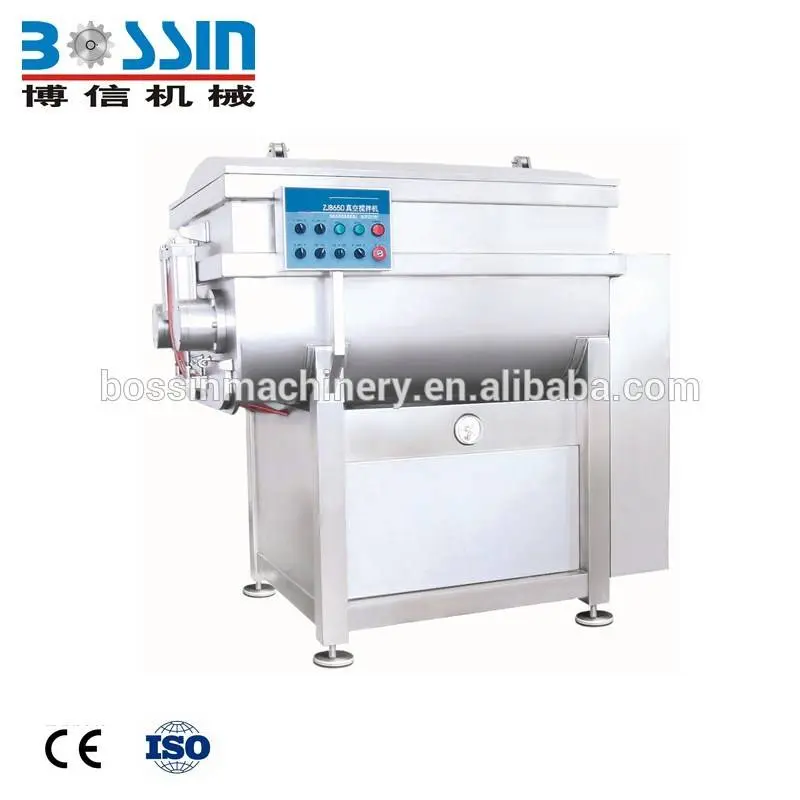
Aug . 12, 2024 10:26 Back to list
Exploring the Innovative Techniques and Technologies in Rolling Machine Manufacturing Industries
The Evolution and Impact of Rolling Machine Factories
Rolling machines are vital tools in various industries, playing an essential role in shaping and manufacturing materials, particularly metals. They allow for the transformation of raw materials into desired shapes and sizes through processes such as rolling, bending, and forming. The evolution of rolling machine factories has been remarkable, reflecting advancements in technology and the growing needs of various sectors.
Historically, the concept of rolling dates back to ancient civilizations where manual techniques were employed. However, the industrial revolution marked a significant turning point. With the advent of steam power and mechanization, rolling machines became more sophisticated, drastically improving production capacities and efficiencies in factories. This transformation not only enhanced the manufacturing process but also facilitated the mass production of goods, paving the way for the modern economy.
In contemporary rolling machine factories, automation and computerization are at the forefront. Advanced technologies, including CNC (Computer Numerical Control) systems, have revolutionized how these machines operate. CNC machines offer precision and repeatability, allowing factories to produce complex shapes and sizes with minimal human intervention. This efficiency not only increases productivity but also reduces waste, contributing to more sustainable manufacturing practices.
The production process in rolling machine factories is multifaceted. It typically begins with the selection of raw materials, which undergo various treatments before being shaped. A die or roller is used to exert force on the material, changing its dimensions and properties. The process can be hot or cold, depending on the material and the desired outcome. Hot rolling is often employed for metals, as it allows for more significant deformation compared to cold rolling, which is generally used for finishing processes.
rolling machine factories

Quality control is another crucial aspect of rolling machine factories. Manufacturers implement rigorous testing phases to ensure that the rolled products meet industry standards and specifications. This includes measures such as dimensional checks, tensile strength tests, and surface finish evaluations. High-quality products not only ensure client satisfaction but also reinforce the reputation of the factory within the industry.
Furthermore, the rise of globalization has led to increased competition among rolling machine factories. To maintain a competitive edge, many factories are investing in innovative technologies and practices. For instance, the integration of artificial intelligence and machine learning is gaining traction, allowing for predictive maintenance and optimized production schedules. Such advancements can lead to reduced downtime and improved operational efficiency.
Environmental concerns also play a significant role in shaping the strategies of rolling machine factories. As industries face scrutiny over their environmental impact, many are adopting greener practices. This can include utilizing renewable energy sources, recycling scrap materials, and improving energy efficiency in production processes. Such initiatives not only contribute to sustainability but also appeal to an increasingly eco-conscious market.
In conclusion, rolling machine factories are crucial in the modern manufacturing landscape, facilitating the creation of a multitude of products that are integral to daily life. As technology evolves, these factories continue to adapt and innovate, ensuring they can meet the demands of an ever-changing market. The future of rolling machine factories is bound to be shaped by advancements in automation, quality control, and sustainable practices, all while maintaining the tradition of excellence that has defined this industry for centuries. Embracing these changes will be key to thriving in the competitive global economy.